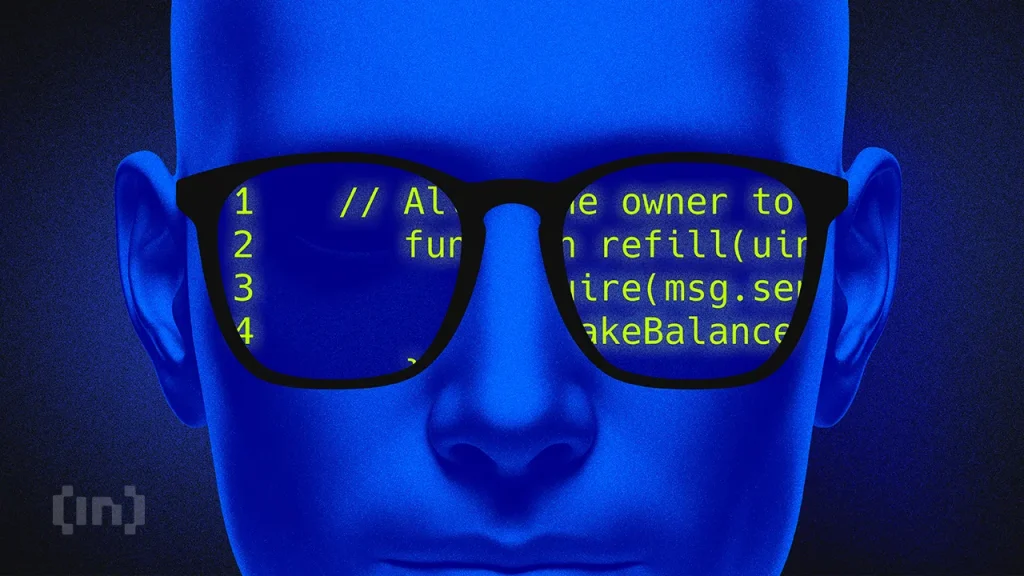Why Developer Input Drives Web3 Success

In the Web3 space, having a cutting-edge product doesn’t always mean you’ll find success. You might have built something truly innovative, but getting developers to use it is a whole different challenge. Some projects gain a devoted following, while others, even with equally impressive technology, struggle to get noticed.
So, why does one project become a favorite among developers while another with similar tech fails to gain traction?
This question led me, Yuval Halevi, Co-Founder at GuerrillaBuzz, on a journey to understand what really drives developer engagement. After years of working closely with a variety of Web3 projects, I’ve uncovered key strategies that can help turn a great product into one that developers love and actively use.
Why Web3 Developers Pick One Project Over Another
Developers are a tough crowd—they’re not just indifferent to ads; many actively block them and are highly conscious about privacy and security. They’re skeptical by nature, especially when it comes to anything that feels like a sales pitch. This makes it even more essential that your project isn’t just marketed well but genuinely delivers on its promises.
The technology must work flawlessly, resources need to be easily accessible, and the community should feel genuine and supportive. Without these elements, even the most innovative projects can struggle to gain traction.
From my experience, successful projects don’t just build great technology—they build an environment where developers feel valued, supported, and integral to the project’s success.
Here’s how they do it:
The Power of Developer Feedback
Clear and Practical Documentation: Poor documentation is one of the quickest ways to lose a developer’s interest. If they can’t find what they need, they move on. The best projects offer thorough, easy-to-navigate documentation. Effective documentation acts as a productivity multiplier, saving time and reducing the need for constant support, as mentioned in these healthy documentation practices. Resources help developers get started quickly and avoid interruptions. As your project grows, strong documentation keeps both your team and community efficient and self-reliant, leading to long-term success.
Comprehensive Onboarding Resources: Beyond just documentation, the top projects offer a range of onboarding resources. Detailed tutorials, example projects, and community-driven guides can make the difference between a developer sticking with your project or moving on to the next. These resources help remove obstacles and make it easier for developers to start building immediately.
Developer-Centric Tools: It’s not enough to have the code—developers need the right tools to make the most of it. Projects that succeed provide or integrate tools that simplify the development process. Whether it’s through intuitive APIs, powerful plugins, or streamlined deployment processes, giving developers the tools they need to succeed is crucial.
Community Engagement and Support: Building a strong developer community requires active engagement. Successful projects maintain a close connection with their developers, offering regular updates, hosting community calls, and being responsive to feedback. This level of engagement not only helps in retaining developers but also turns them into advocates who help grow the community.
Strategic Incentives: Offering incentives—whether financial, recognition, or growth opportunities—can greatly enhance developer engagement. Whether through hackathons, ambassador programs, or contributor rewards, developers want to feel that their work is valued and that they’re contributing to something meaningful. Strategic incentives can be the nudge that turns casual users into dedicated contributors.
The Role of Ethical Development Practices
A study by the University of Edinburgh found that ad networks often pressure developers into decisions that benefit the networks at the expense of user privacy. This is a reminder that in Web3, it’s not just about building great tech—it’s about creating a platform where developers are empowered to make choices that align with user-centric values.
Projects that prioritize ethical practices and transparency will not only attract more developers but will also build stronger, more trustworthy communities, leading to sustained growth and success.
The difference between a Web3 project that thrives and one that struggles often comes down to how well it engages with its developer community. Great technology alone isn’t enough. You need to build an environment that supports and nurtures developers through clear documentation, comprehensive resources, developer-centric tools, active community engagement, and meaningful incentives.
The projects that succeed are those that listen to their developers, adapt based on feedback, and make their community feel like integral parts of the journey. If you can achieve that, your project won’t just have great tech—it will have a thriving, loyal user base that drives it forward.
Disclaimer
In compliance with the Trust Project guidelines, this opinion article presents the author’s perspective and may not necessarily reflect the views of BeInCrypto. BeInCrypto remains committed to transparent reporting and upholding the highest standards of journalism. Readers are advised to verify information independently and consult with a professional before making decisions based on this content. Please note that our Terms and Conditions, Privacy Policy, and Disclaimers have been updated.












